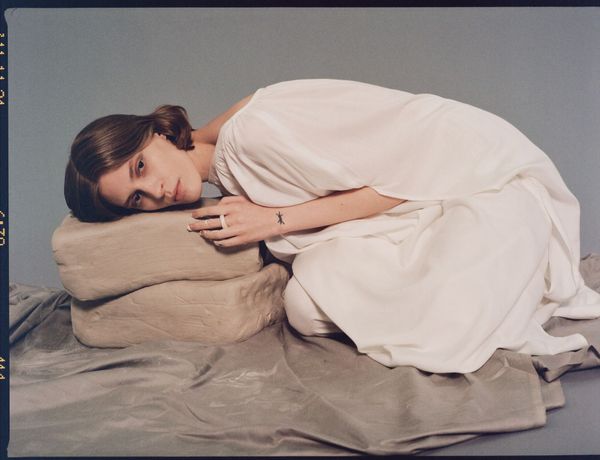Attempts to define Russian identity have a long history. In the 1960s, a group of thinkers tried to define what was worth thinking and believing about the particularities of the time in the form of an underground movement. Join us to discover the secrets!
The Russian intellectuals turned away from the West and found it difficult to define themselves: but they struggled already in the second half of the past century to identify the path that was passable and worth going. Maria Engström, Professor at the University of Uppsala, gave a lecture on the Soviet Union’s alternative „underground” movements” at the Danube Institute on 9 June. She looks for the connections between the Russian radicalism of 2023 and the underground movements of the 1960s to demonstrate the latter’s impact.
The so-called Yuzhinsky Circle (or Yuri Mamleev Salon) was one of the dissident groups, founded in 1958 and bringing together 27 Russian thinkers, including artists, musicians, poets, and writers. They met in the downtown Moscow salon of Yuri Mamleev, a Russian writer. Mamleev was a Pushkin Prize-winning novelist best known for developing metaphysical realism as a literary genre. His works often touched on psychopathology, and he had a great interest in Buddhist and Hindu teachings. He emigrated to the United States in 1974 and returned to Moscow only after the dissolution of the Soviet Union. His works significantly influenced the underground movement, which was also anti-Soviet, seeking truth and awakening in a metaphysical reality other than material reality. The occult community’s members were primarily men, with only a few exceptions.
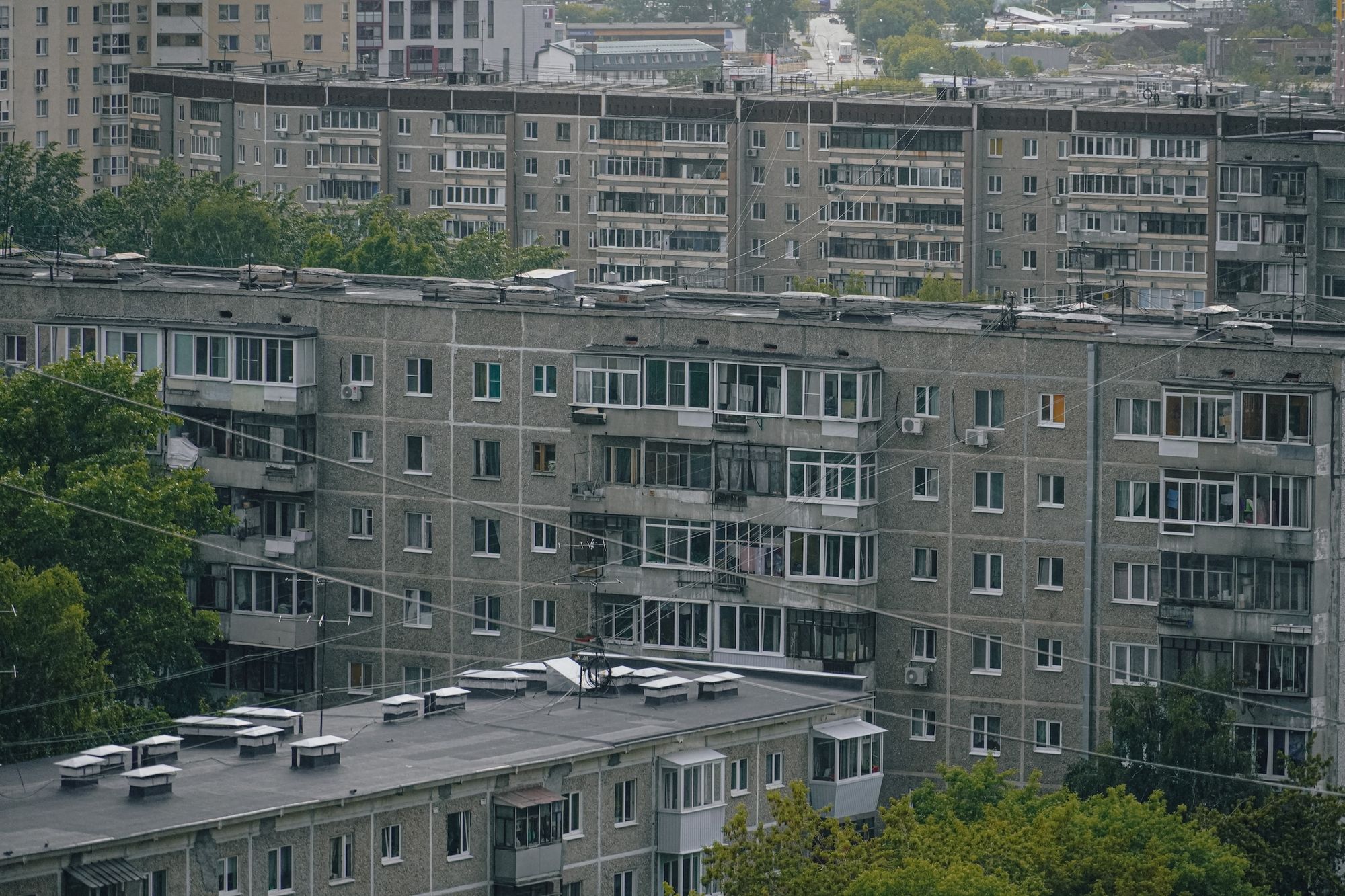
It is not easy to define their work in concrete terms: They were not engaged in literary or other artistic activities but were cultivating an alternative way of thinking and lifestyle through their creative processes. Like other non-conformist and underground spaces, it provided a place for like-minded people to meet, socialize, and express ideas that were not accepted in the mainstream. The group’s activities were more cultural or metaphysical than political, and although it was anti-Soviet, it rather operated as a friend group and was free of political activity, so it was not really a source of irritation for the authorities.
Igor Dudinsky, a Russian journalist, said that the members always met in someone’s home or studio and never in a public place. He stressed that nobody was marginalized in these gatherings, which were characterized by a healthy spirit of intellectual competition, something that the 20th-century Soviet salon took over from the 19th century.
Engström described the group as „schizoid” underground, suggesting that its members did not care about the fate of their heritage and did not recognize the importance of their work. They lived mostly in an altered state of consciousness in their daily lives, which was also a link between the members. Therefore, there are few written records of the circle’s activities and influences, most of which are attributed to Mamleev.
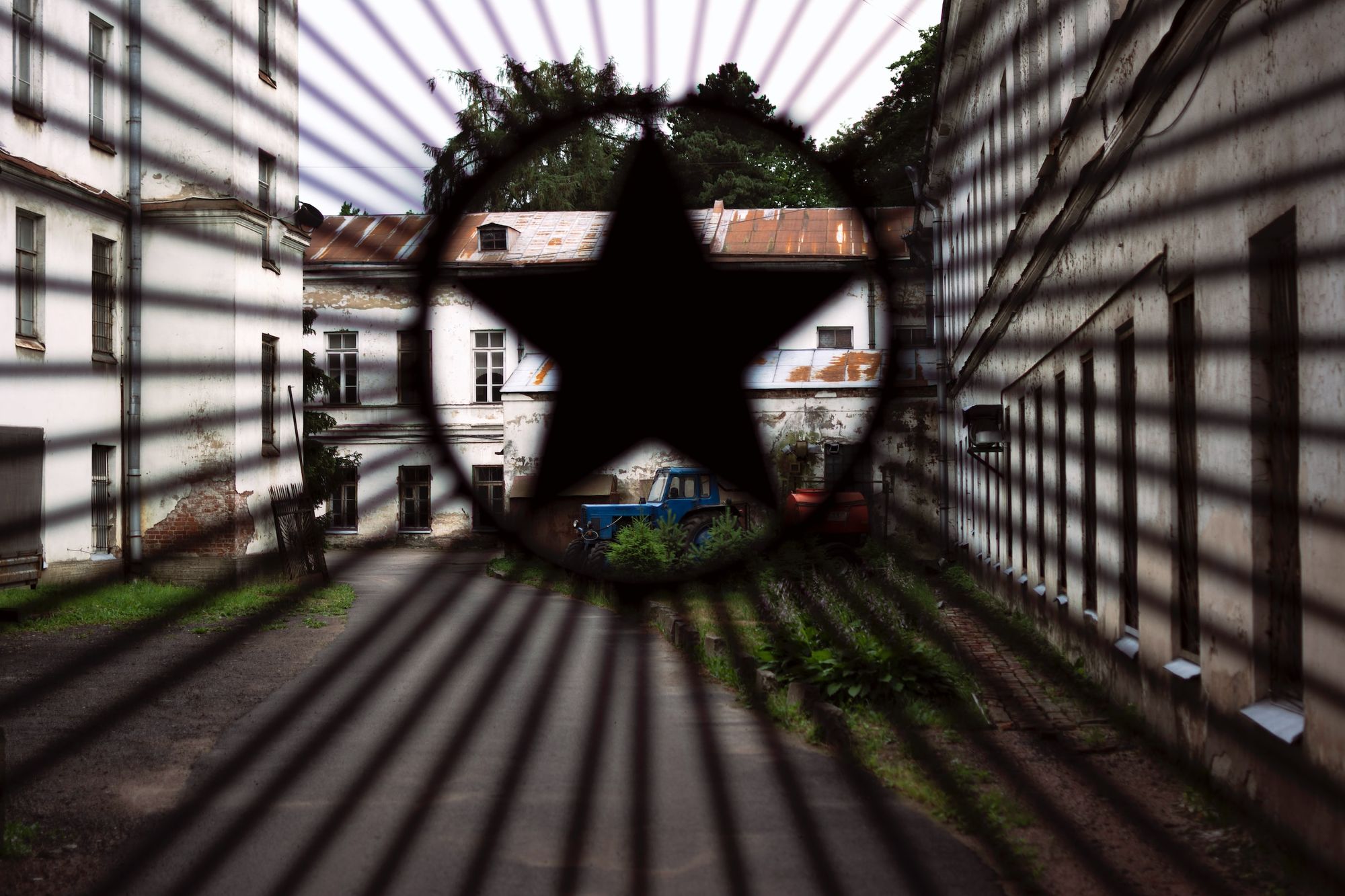
Yuri Mamleev, the host of the meetings, said regarding the collective thinking of the circle, „We definitely felt that there was a bottomless chasm beneath us and that the whole planet was sinking into it, and at the same time, there was a feeling that this was probably necessary: it is possible that the planet has completed its journey and needs to be reborn on a new level. The use of alcohol and other drugs characterized the group, and these experiments could be interpreted as a protest against the social and political establishment. The hero of the Soviet underground was the radical, autonomous individual; the members of the underground felt they were not needed in the Soviet system and therefore had no roots in it. The salon was ideologically characterized by Gnosticism (a kind of esoteric interpretation of Christianity) but also embraced other traditions, including Russian religious philosophy.
The now notorious Aleksandr Dugin also attended the meetings of the underground circle, though he was a member of a later generation as he was born in 1962. We wrote about him earlier here.
It is common to associate underground movements with a certain social exclusion, but according to Igor Dudinsky, this was not quite the case with the Yuzhinsky Circle, whose members saw themselves more as privileged members of a chosen elite. Although they did not express this openly, they all knew and understood it. Moreover, the underground circles in Moscow were not too closed, and members of different salons could establish connections with each other. The members of the Yuri Mamleev Salon feared that the rise of modernity goes hand in hand with spiritual decay. Their perhaps most predominant proposed remedy was a turning away from the West and a return to Eurasian roots. This phenomenon is certainly not a revolutionary idea in Russian history: the paranoia from the West has always been apparent in Russian society and the Russian elite over the centuries, though sometimes with different faces. We see a new peak of this today in the Russian invasion of Ukraine, which is already in its second year. But perhaps what makes the underground Moscow movement more interesting is that this anti-West attitude has also manifested itself in urban thinking and creative circles.
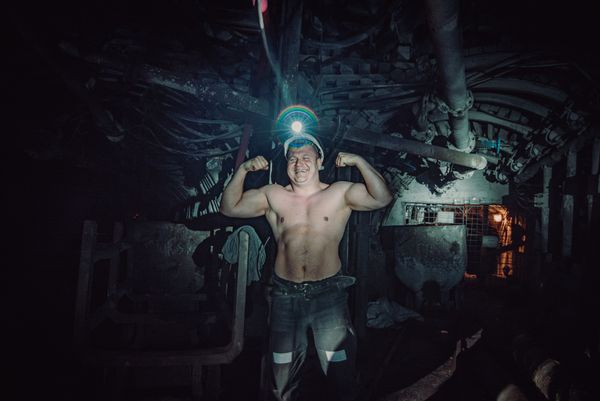
Love for the Silesian mines—Interview with Marek Locher
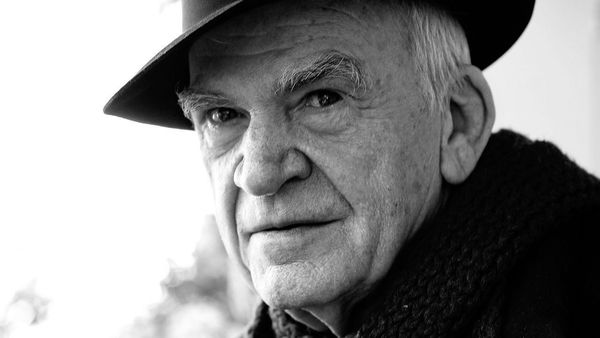
Milan Kundera passed away
